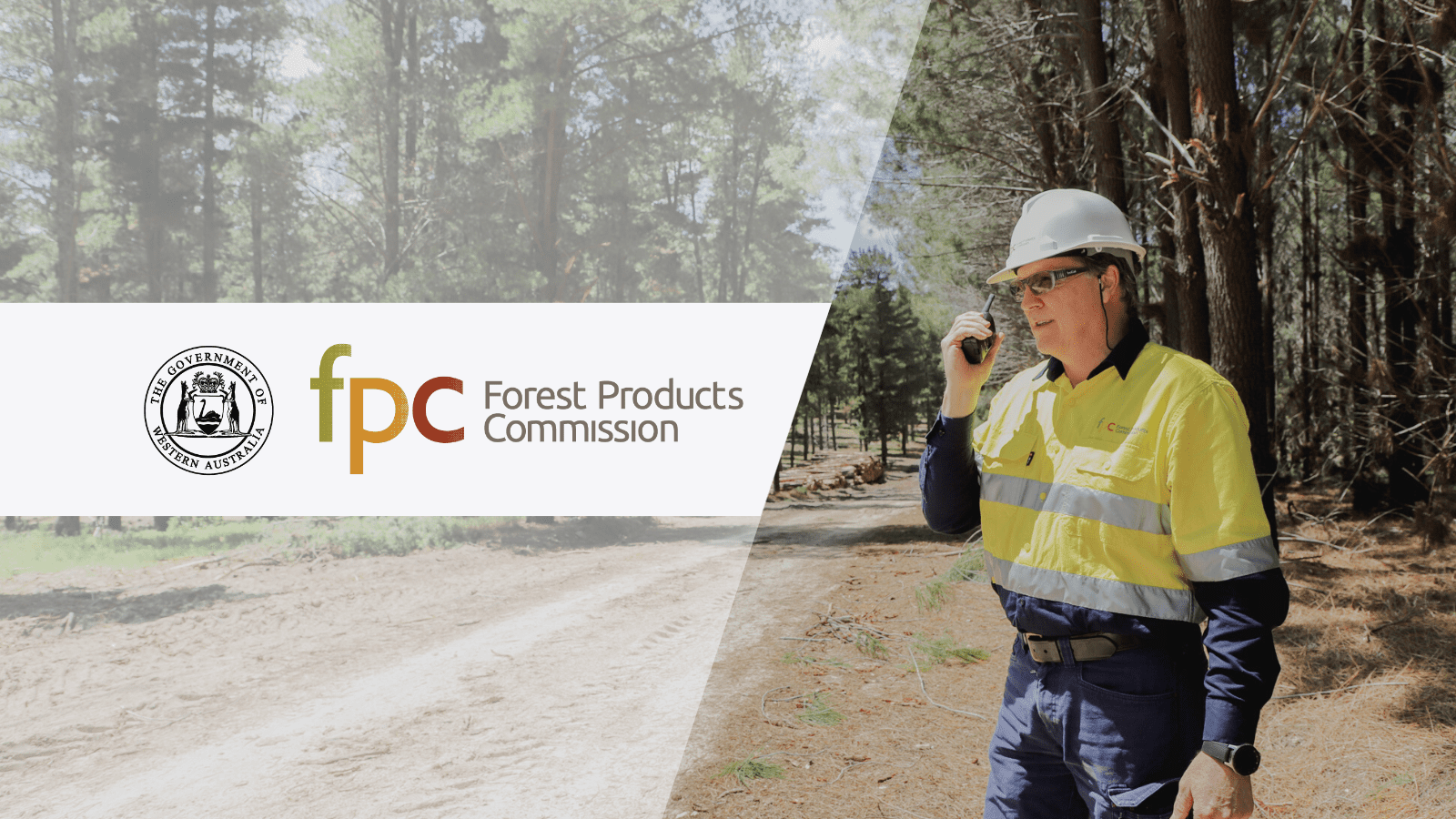In the unpredictable world of forestry, creating better short-term plans may seem futile. Some of the questions we’ve heard are, “Why invest in tactical planning when disruptions like floods, fires, or market shifts force deviations?” or “How can tactical optimization help when we struggle to fully execute our annual plan?”
These concerns are valid. However, even when plans are disrupted, data-driven tactical decision support can still deliver measurable value. Let’s explore how tactical optimization addresses these challenges and unlocks critical opportunities for forestry operations.
1. Savings Even When Plans Change
Tactical optimization ensures efficiencies persist, even when plans need adjustment. For instance, an optimized plan forecasting a 7% reduction in transportation costs could still deliver a 3% savings after deviations, thanks to retained elements like optimized routes or coordinated activities.
Bottom Line: Even partial adherence to an optimized plan can yield savings that often justify the investment many times over.
2. Preplanning for Disruptions
Forestry operations are susceptible to sudden disruptions such as wildfires, severe weather events, or unexpected market shifts. Tactical optimization helps you stay ahead with what-if analyses and scenario planning. You can model scenarios like pest outbreaks, severe weather, or market fluctuations. By having contingency plans in place, you can minimize the impacts of these events and make informed decisions under pressure.
Key Advantage: Scenario planning equips forestry managers with data-driven contingency plans that reduce downtime and improve agility.
3. Efficient Replanning for Major Events
Sometimes, disruptions are so significant that large-scale replanning becomes necessary. Tactical optimization, powered by Woodstock, allows for swift and efficient recalibration of plans, whether it’s reassigning harvest blocks or rerouting transportation after a major fire or storm.
Efficiency in Action: When time is of the essence, tactical optimization helps you respond quickly, saving resources and maintaining momentum.
4. Clustering and Strategic Risk Reduction
Optimized tactical plans can strategically cluster harvest and road activities, minimizing time spent in high-risk areas. For instance, by timing operations in remote locations strategically, you can reduce susceptibility to disruptions like weather delays.
Consideration: While clustering isn’t foolproof, it’s another layer of strategic planning that helps mitigate risks.
Unlocking Key Opportunities with Tactical Optimization
Tactical optimization bridges the gap between strategy and operations, delivering measurable results like:
- Improved alignment: Synchronize short-term actions with long-term goals for seamless execution.
- Cost savings: Reduce transportation costs by up to 15% and lower inventory holding costs by up to 20%.
- Operational agility: Adapt quickly to market changes and disruptions with data-backed insights.
- Supply chain efficiency: Streamline wood flow and reduce bottlenecks for better profitability.
Why Forestry Leaders Are Investing in Tactical Optimization
For every dollar invested, tactical planning can return up to five in operational savings. It’s the missing link that amplifies value in areas like harvest scheduling, wood flow management, and road planning.
Forestry organizations using tactical optimization have achieved:
- Reduced delays and increased efficiency.
- Real-time data insights for agile decision-making.
- A stronger bottom line through cost-effective operations.
Tactical optimization isn’t about creating a rigid plan—it’s about equipping your team with intelligent decision support that improves resilience, agility, and profitability.
LEARN MORE:
-
Read how Al-Pac is using a data-driven approach and optimization technology to improve tactical harvest scheduling and wood flow across its North American operations.
-
Book a Discovery Call to explore how tactical optimization can help your team save costs and plan for future challenges.





